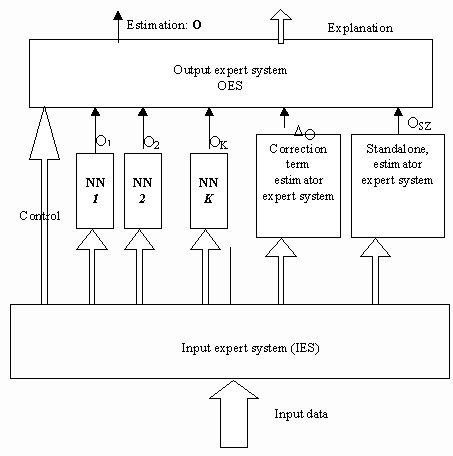Horváth Gábor1, Pataki Béla1,
Strausz György1
The paper reports on the different aspects of a development project which is aimed at increasing the hit of temperature and carbon content parameters. Temperature of the bath and carbon content at the end of oxygen blowing are important quality parameters of oxygen steelmaking. Soft methods are considered with the neural network technology in focus. The analysis of operation, the prediction of the behavior or the determination of proper input parameters of a complex industrial process requires a valid and rather accurate model of the process. The model can be built on the bases of some theoretical knowledge. The reasons behind this can be the unsatisfactory knowledge we have about the basic underlying physical behavior, chemical reactions, etc., or the high complexity of the input-output relationship. In the latter case we could formulate "exact" mathematical equations describing accurately the operation of the industrial process, however these equations are too complex to solve them in real time or they need such pieces of information (e.g. measured data) about the process which cannot be obtained at all. In these cases experimental model can be constructed only. Experimental models are based on measurement data. Experimental model building requires a general model structure, where only the parameters have to be determined. These parameters can be determined using the measurement data. A proper experimental model can be obtained only if many input - output data are available. In this respect some difficulties can arise when complex industrial processes have to be modeled. Neural networks are one of the possible means to build complex, highly nonlinear mappings between many inputs and some outputs, so neural networks are general devices to build black-box models. Experimental data are used to train the neural network, until its operation will be similar or almost identical to that of the real industrial process. Modeling and control are among the most important application fields of neural networks. This paper deals with the special difficulties and possible solutions of the modeling problem of a LD steel converter. It gives a short summary about the technological phases of the converter steelmaking, it formulates the basic questions to be answered, considers some possible ways of solutions and proposes a neural-hybrid modeling approach. Steelmaking with a LD converter is a complex physico-chemical process where many variables have effects on the quality of the resulted steel. The main features of the process are the followings: a large (~150-ton) converter is filled with waste iron, melted pig iron and many additives, then it is blasted through with pure oxygen to burn out the surplus carbon and some contamination (e.g. silicon, etc.).
Experimental (neural) model The neural model that is a proper choice for the description of the input-output behavior of the process and therefore can be called as a black-box model is based on the archived process parameter database. We can consider the mass and the quality of the fed materials, the parameters of the converter status and the desired steel quality parameters (the carbon content and the temperature of the produced steel) as input. In the converter modeling task we have about 40-50 input parameters that can be used for the calculation of the necessary oxygen amount of the blasting that ensures the sufficient values of the quality parameters at the end of the blasting.
Hybrid model The oxygen model discussed here is a hybrid ( neural, expert system) intelligent system, which gives proposition for the amount of the blasting oxygen based on the parameters representing the blasting (compound of the input materials, environmental information, results of previous blasting). The concept of the hybrid intelligent system is the following. Since we cannot describe the process with a proper precision with neither a physical-chemical model, nor with an experimental model, we use expert knowledge in form of rules to substitute or specify the improper result of the neural network in special cases. This way the proposed model is composed of multiple parts that are partially neural partially expert type intelligent systems. The model consists of 3 layers: 1.layer: Input, preprocessing expert system (IES) 2.layer: Oxygen estimator models 3.layer: Output expert system (OES)
Figure 1. The hybrid intelligent system structure
Copyright © 2000 |
